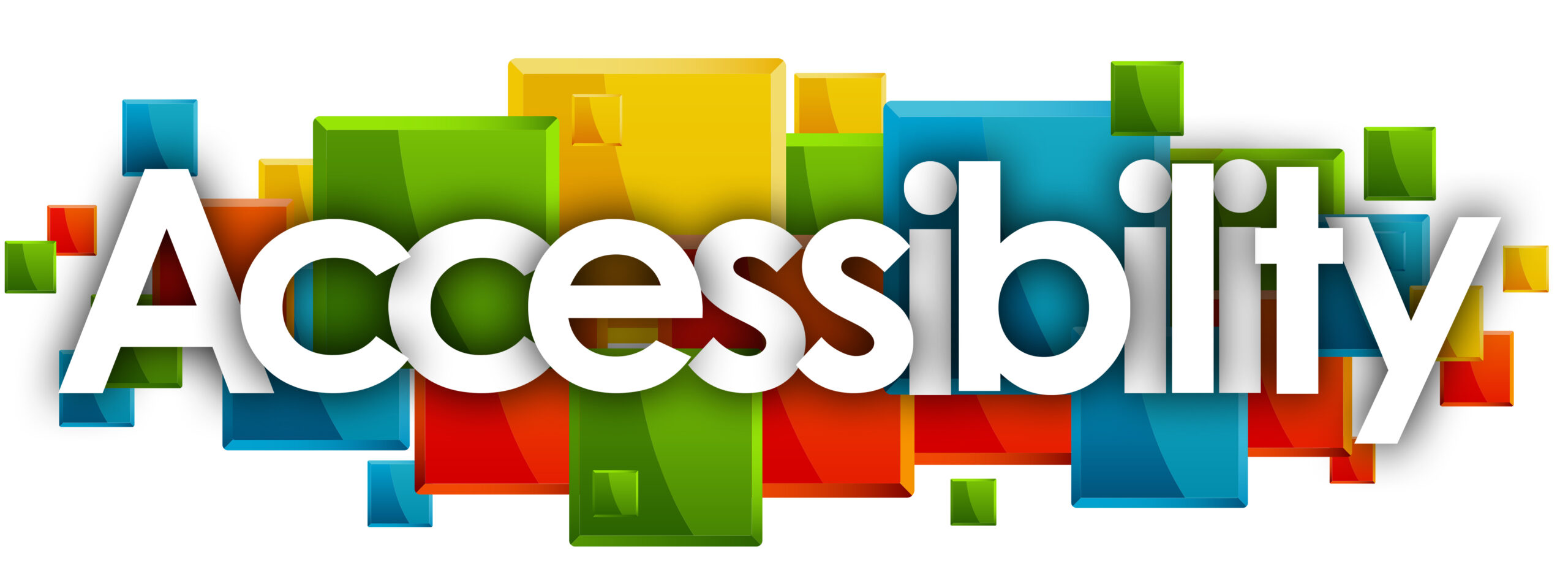*This article is an English translation of a Japanese article.
Web accessibility is an effort to ensure that everyone, regardless of disability, can equally access content and services on the internet. The term “accessible” refers not only to making something usable for specific users, but to creating an environment where everyone can use it easily. Making websites and applications accessible is a crucial step toward building a more inclusive society, going beyond mere technical considerations.
What Is an Accessible Web?
An accessible website is one that allows users with various disabilities—such as visual, auditory, motor, or cognitive impairments—to access web content in ways that suit their needs. An accessible web removes barriers to information access, ensuring that all users can easily interact with the site.
For example, a visually impaired person using a screen reader should be able to have all content read aloud correctly. Similarly, a person with a hearing impairment should have subtitles or a text version available for video content. An accessible web provides this kind of environment, meeting the diverse needs of all users.
Benefits of an Accessible Web
An accessible website benefits not only people with disabilities but also improves usability for all users. Below are some key benefits of accessibility:
-
Reaching a Broader Audience
By ensuring accessibility, you enable not only people with disabilities and older adults to use your site comfortably but all users. This can expand your audience and potentially increase site traffic. -
Improved Search Engine Optimization (SEO)
An accessible website is often well-structured, making it easier for search engines to understand. For example, providing appropriate alternative text (alt text) for images helps search engine crawlers interpret the content, which can enhance SEO. -
Enhanced User Experience
Accessible design improves usability for all users, not just those with disabilities. Features such as readable fonts, clear navigation, and high contrast make the site more convenient for everyone.
Key Elements for Achieving an Accessible Web
To create an accessible website, various elements need to be considered. Here are some important points to keep in mind:
1. Providing Alternative Text for Images
Visually impaired users rely on screen readers to identify images and graphics, making alternative text (alt text) crucial. Alt text should describe the image clearly, helping users understand its content.
- Example:
<img src="logo.png" alt="Company logo">
This simple description helps visually impaired users grasp the image’s meaning.
2. Offering Subtitles and Text Versions
For video and audio content, always provide subtitles or text versions. This ensures that users with hearing impairments, or those in environments where sound can’t be played, can still access the content.
- Example: Add automatic captions to YouTube videos, allowing users to understand the content visually. Also, provide a transcript of the video presentation.
3. Supporting Keyboard Navigation
Some users navigate websites using only the keyboard, without a mouse. Therefore, all interactive elements on your site must be accessible by keyboard. Ideally, users should be able to navigate links and buttons with the Tab key and execute actions using the Enter key.
- Example: Design forms and menu items to be navigable via keyboard alone, ensuring that mouse-dependent operations are unnecessary.
4. Ensuring Sufficient Contrast
Ensuring sufficient contrast between text and background is essential not only for users with visual impairments but also for improving readability for everyone. The WCAG (Web Content Accessibility Guidelines) recommends a contrast ratio of at least 4.5:1.
- Example: Use darker text on light backgrounds to improve clarity. Aim not only for aesthetically pleasing designs but also practical readability.
5. Simple and Intuitive Navigation
Complicated and confusing navigation is a significant barrier for users with cognitive impairments and those unfamiliar with the internet. Offering clear and consistent navigation is crucial.
- Example: Organize menu items simply and maintain consistent design throughout the site. Important links and buttons should be visually emphasized to improve usability.
WCAG and Accessible Web Standards
To evaluate web accessibility, the Web Content Accessibility Guidelines (WCAG) serve as an international standard. WCAG provides specific criteria for determining whether a website is accessible. These guidelines are based on four key principles:
- Perceivable: Information and interface components must be presented in ways that users can perceive.
- Operable: Interface elements and navigation must be operable by all users.
- Understandable: Information and operation of the user interface must be understandable.
- Robust: Content must be robust enough to be interpreted reliably by various devices and assistive technologies.
These principles outline the framework for making websites accessible and provide detailed criteria for web developers and designers to follow.
Conclusion
In web accessibility, “accessible” means that all users, regardless of disability, can access and use web content equally. The importance of accessibility for people with visual, auditory, and motor disabilities is obvious, but an accessible design also improves usability for everyone.
In future web design and content creation, it is essential to prioritize accessibility. By providing a digital environment that everyone can use comfortably, we can take a significant step toward creating an inclusive society.
We have released the UUU Web Accessibility Widget Tool, designed to make web accessibility easy to implement. This tool helps improve the accessibility of websites quickly and efficiently, even without specialized knowledge.
If you’re interested in enhancing your website’s accessibility, please check out the details. We are here to support you in making your website more user-friendly and accessible to a wider audience.
